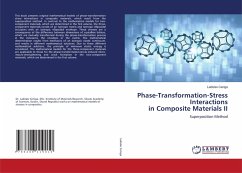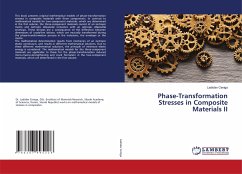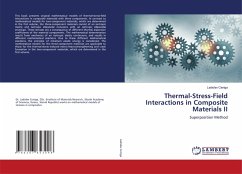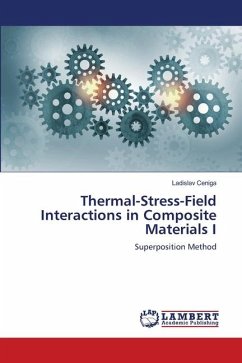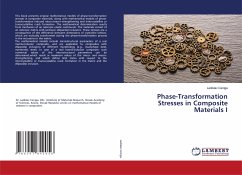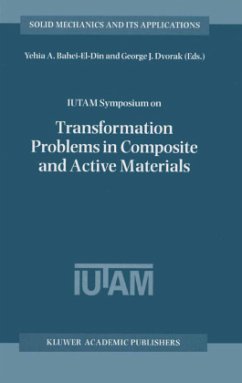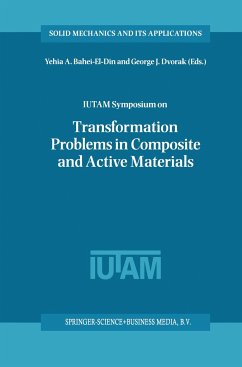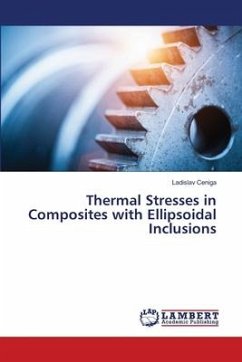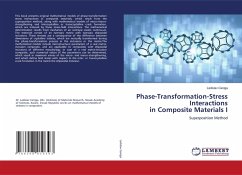
Phase-Transformation-Stress Interactions in Composite Materials I
Superposition Method
Versandkostenfrei!
Versandfertig in 6-10 Tagen
40,99 €
inkl. MwSt.

PAYBACK Punkte
20 °P sammeln!
This book presents original mathematical models of phase-transformation stress interactions in composite materials, which result from the superposition method, along with mathematical models of micro-/macro-strengthening and intercrystalline or transcrystalline crack formation, which are induced by these stress-field interactions. The mathematical determination results from mechanics of an isotropic elastic continuum. The materials consist of an isotropic matrix with isotropic ellipsoidal inclusions. These stresses are a consequence of the difference between dimensions of crystalline lattices,...
This book presents original mathematical models of phase-transformation stress interactions in composite materials, which result from the superposition method, along with mathematical models of micro-/macro-strengthening and intercrystalline or transcrystalline crack formation, which are induced by these stress-field interactions. The mathematical determination results from mechanics of an isotropic elastic continuum. The materials consist of an isotropic matrix with isotropic ellipsoidal inclusions. These stresses are a consequence of the difference between dimensions of crystalline lattices, which are mutually transformed during the phase-transformation process in the inclusions or the matrix.The mathematical models include microstructural parameters of a real matrix-inclusion composite, and are applicable to composites with ellipsoidal inclusions of different morphology. In case of a real matrix-inclusion composite, such numerical values of the parameters can be determined, which result in maximum values of the micro- and macro-strengthening, and which define limit states with respect to the inter- or transcrystalline crack formation in the matrix the ellipsoidal inclusion.





